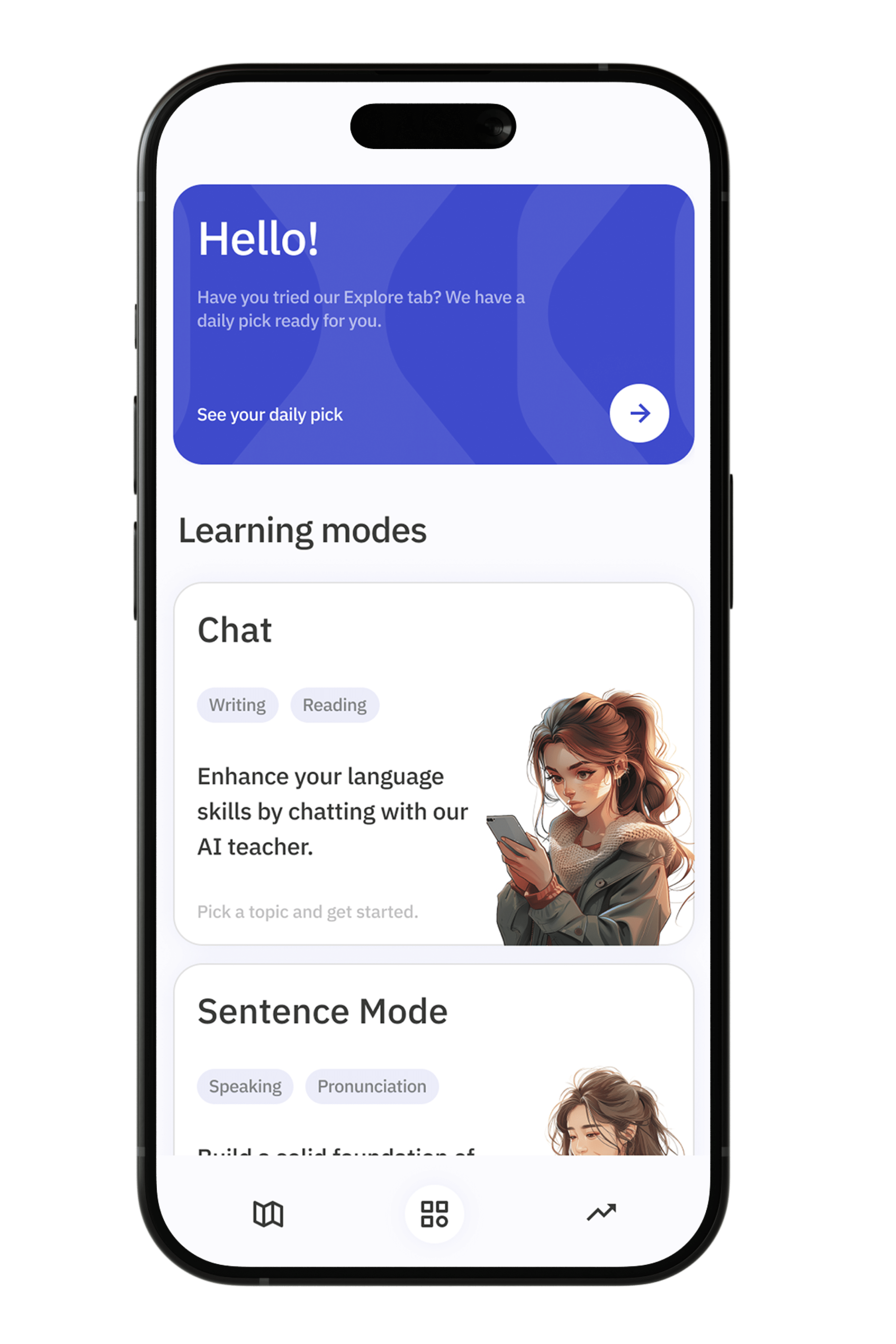Pick a language and start learning!
Adverbs of place Exercises in Lithuanian language

Adverbs of place are essential components in the Lithuanian language, providing information about the location where actions occur. These adverbs help to convey precise details about direction, position, and distance, making your communication more effective and descriptive. Understanding and using adverbs of place correctly can greatly enhance your ability to describe scenes, give directions, and discuss locations in Lithuanian. This section will guide you through the various adverbs of place, offering examples and exercises to solidify your comprehension and usage.
In Lithuanian, adverbs of place can be simple or compound and often change form depending on their grammatical function in a sentence. From basic adverbs like "čia" (here) and "ten" (there) to more complex phrases such as "už kampo" (around the corner) or "po stalu" (under the table), mastering these elements can elevate your language skills. Through a series of interactive exercises, you will practice placing these adverbs in context, ensuring that you can accurately describe spatial relationships in Lithuanian. By the end of this section, you will be more confident in your ability to express locations and directions, making your conversations more vivid and precise.
Exercise 1
<p>1. Jis gyvena *čia* (opposite of "there").</p>
<p>2. Aš palikau savo knygą *čia* (where you currently are).</p>
<p>3. Mano draugas yra *ten* (opposite of "here").</p>
<p>4. Mes susitiksime *ten* (where you are going to meet).</p>
<p>5. Ji nuėjo *toliau* (opposite of "closer").</p>
<p>6. Katė slepiasi *po stalu* (under the table).</p>
<p>7. Šuo gulėjo *ant sofos* (on the sofa).</p>
<p>8. Vaikai žaidžia *lauke* (outside the house).</p>
<p>9. Senelis sėdi *viduje* (inside the house).</p>
<p>10. Automobilis stovi *priekyje* (in front of something).</p>
Exercise 2
<p>1. Vaikas žaidžia *lauke* (where do children often play?).</p>
<p>2. Mano draugė gyvena *mieste* (where do many people live?).</p>
<p>3. Katė slepiasi *po stalu* (where do cats often hide?).</p>
<p>4. Mes susitiksime *aikštėje* (where do people often meet for a gathering?).</p>
<p>5. Paukščiai skraido *danguje* (where do birds fly?).</p>
<p>6. Automobiliai stovi *gatvėje* (where do cars usually park?).</p>
<p>7. Knyga yra *ant stalo* (where do you place books?).</p>
<p>8. Šuo miega *prie durų* (where do pets often rest?).</p>
<p>9. Mes einame *į parką* (where do people go for a walk?).</p>
<p>10. Vaikai valgo *virtuvėje* (where do people usually eat at home?).</p>
Exercise 3
<p>1. Automobilis stovi *priekyje* namo (place in front).</p>
<p>2. Katė slepiasi *po* lova (under).</p>
<p>3. Mes susitiksime *aikštėje* (open public space).</p>
<p>4. Paukščiai skrenda *aukštai* danguje (high).</p>
<p>5. Vaikai žaidžia *lauke* (outside).</p>
<p>6. Šuo miega *viduje* namo (inside).</p>
<p>7. Knyga yra *ant* stalo (on top).</p>
<p>8. Žiūrėk, kas yra *už* durų (behind).</p>
<p>9. Jis gyvena *šalia* parko (next to).</p>
<p>10. Gėlės auga *sode* (garden).</p>







